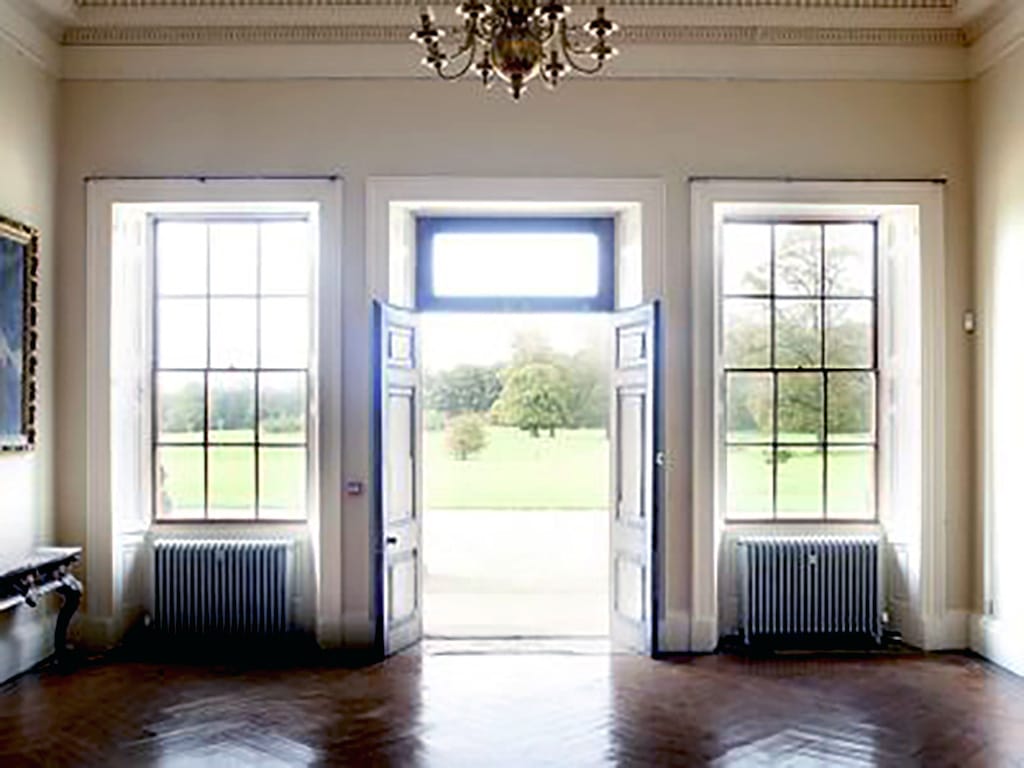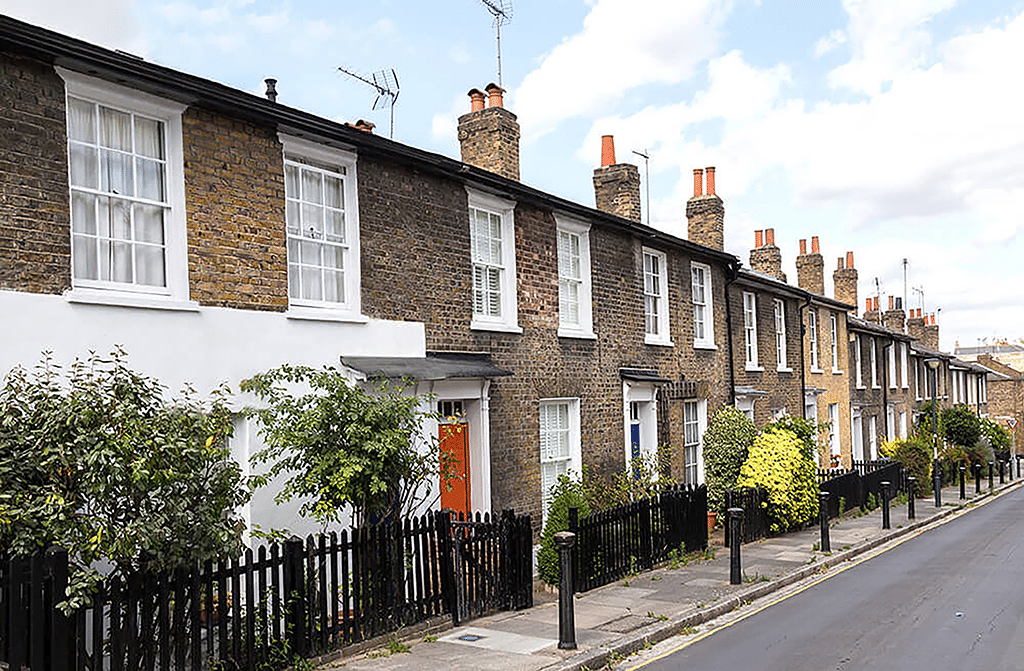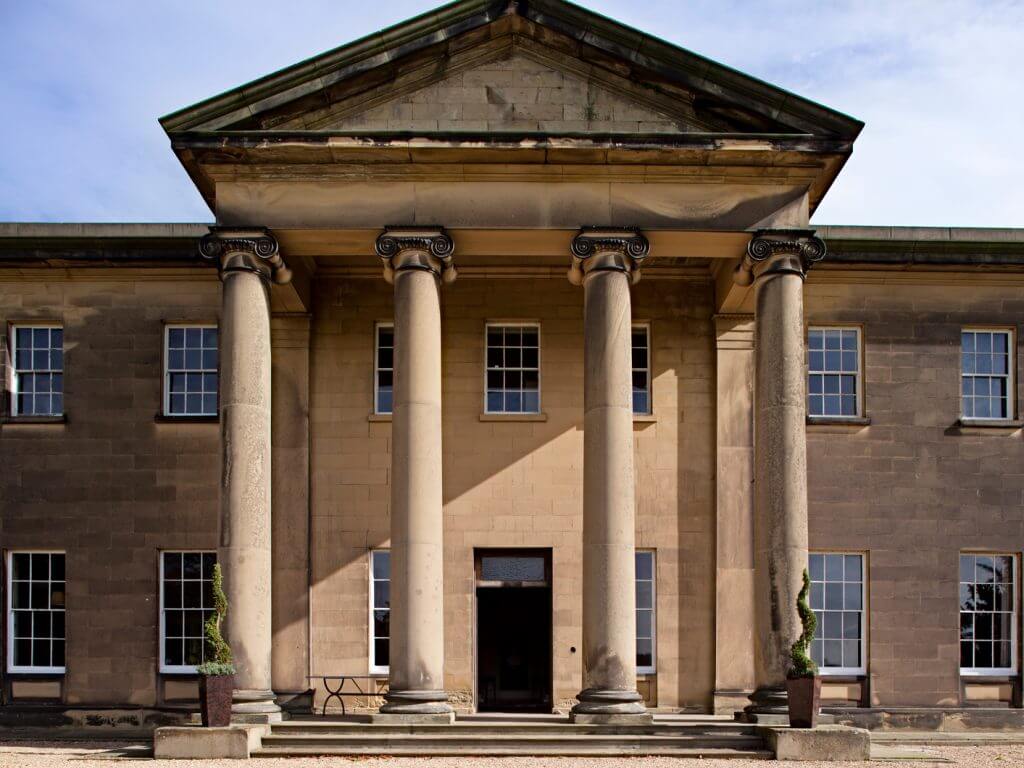Timber Sash Window – The History
History of
Timber Sash Windows
Starting at a bakery on Pudding Lane, the Great Fire of London
played a surprising roll in the development of Sash Windows.
Sliding Sash Windows
Sliding sash windows have a captivating history that dates back to 13th-century Europe. While they weren’t exactly what we consider as windows back then, they embodied the essence of vertical sliding wooden shutters that offered practicality in controlling ventilation and light.
Over the course of three centuries, these shutters underwent a remarkable evolution. By the late 16th century, they had transformed into the timeless timber sash windows we adore today. These windows featured sturdy timber frames and multiple glass panes divided by delicate wooden glazing bars. This design not only enhanced their strength but also allowed for wider openings and breathtaking views.
An important innovation came in the form of counterbalanced weights, hidden within the window frame and connected to the movable panels, or sashes, through cords or chains. This ingenious mechanism made sliding the sashes effortless, elevating the overall functionality of the windows.
The elegant charm and practical benefits of traditional timber sash windows quickly captured the hearts of Europe. They became a beloved architectural feature, gracing a wide range of buildings from grand country estates to cozy urban homes.
Today, sliding sash windows continue to enchant with their timeless beauty and incredible versatility. They effortlessly blend with both traditional and contemporary architectural styles, adding a touch of grace to any space. Whether it’s for preserving the heritage of period properties or infusing modern homes with a sense of elegance and tradition, these windows are highly sought after.
At Ventrolla, we honor the captivating legacy of sliding sash windows. With our expertise in timber craftsmanship, we are dedicated to restoring and preserving these architectural gems, allowing their enduring allure to shine through the ages.
16th Century Sash Windows
During the 16th century, sash windows underwent a notable advancement that transformed their functionality. With the introduction of glazing, these windows became capable of inviting abundant natural light into homes, creating a brighter and more inviting atmosphere. Additionally, they acquired the ability to slide horizontally, offering enhanced convenience and versatility in controlling ventilation and views.
However, a remarkable revolution took place in France during the mid-17th century, leading to a new era for sash windows. The French introduced an innovative twist by designing vertical sliding sash windows, which surpassed the original horizontal configuration. This breakthrough proved to be especially beneficial for areas such as staircases and passageways, where safety and ease of use were paramount.
Unlike inward-opening casement windows that could pose obstacles and hinder movement within confined spaces, these vertical wonders provided a seamless solution. The ability to slide the windows up and down effortlessly offered residents unimpeded access while maintaining the desired level of security.
The introduction of vertical sliding sash windows elevated the overall experience of living spaces. Not only did they enable residents to enjoy ample natural light and fresh air, but they also eliminated the potential hazards associated with inward-opening casement windows. The vertical design became a preferred choice, blending practicality and aesthetics seamlessly.
Today, the legacy of vertical sliding sash windows lives on, as they continue to be admired for their timeless appeal and functional superiority.

Vertical Sliding Sash Windows
During the post-restoration era, following the return of the aristocracy from France, a remarkable shift occurred in the architectural landscape of England. The sophisticated and elegant style of the vertical sliding sash window made its way across the Channel, bringing a touch of French influence to the country. The first known installation of a fully glazed vertical sliding window is attributed to Queen Mother Henrietta Maria, who had recently returned from France accompanied by French joiners.
This significant event took place as part of the refurbishment of Somerset House, a grand residence located in London. The introduction of these vertical sliding sash windows added a new level of refinement and functionality to the building.
Fast forward to 2022, Ventrolla, had the privilege of renovating these very windows at Somerset House. With their expertise and dedication to preserving architectural heritage, Ventrolla breathed new life into these historic windows, ensuring their longevity for generations to come.

The evolution and improvement of sash windows, including the introduction of counterbalances and pulleys, is a topic of ongoing debate and speculation. The exact origin and timing of these advancements remain uncertain, with various theories proposed. Some argue that England played a pivotal role in inventing these innovations, building upon the inventive design of the vertical sliding window. The addition of solid glazing bars, typically 40mm or more in thickness, brought about a new challenge as the windows became heavier and more difficult to open.
Throughout history, the evolution of sash windows has been a testament to the ingenuity and craftsmanship of the era. Ventrolla continues to honor this heritage by restoring and renovating these windows, ensuring they retain their timeless beauty while incorporating modern enhancements for ease of use and longevity.

Counter Balance
The counter balance feature was believed to have been initially used for doors and this is supported by the documented evidence “Office of Works Account 1663”. It revealed that lines and weights were fitted to different doors in the buildings at Whitehall. It didn’t take long for this system to transfer over to include its use in sash windows. The documented evidence also reveals that Thomas Kinward, Master Joiner, made changes to the sash windows of the Queen’s private apartment, by installing pulleys and lines to the sash windows in 1669, at Whitehall, although no specific mention of any counter weights has been noted.
The sash windows that were installed to the property belonging to the Duke and Duchess of Lauderdale, Ham House in London, showed confirmation that the windows were in fact, counter balanced. This installation occurred in 1672, and it was again, Thomas Kinward and Christopher Wren that placed their signatures on the accounts.
There was never any claim made to the invention of the counter balance system and there is no record of it ever having been patented. In the early development of sash windows with weights, the windows were framed by solid oak and there was a groove that had been cut to accommodate the weights. The top sash would not open and was in a fixed position, and it was only the bottom sash that opened. A short time later, there was a new development called the boxed frame. This frame was sectioned and its purpose was to hide the weights and enable them to go past each other easily.
The Great Fire of London
The Great Fire of London which started at the bakery of Thomas Farriner on Pudding Lane in 1666 also played a surprising role in sash window design. Building regulations were drastically overhauled after the devastation in the hope of reducing the risk of fire and its rapid spread through the city.
One such regulation stipulated that timber window frames should be recessed behind the outside stone or brick facade, leading to the development of Georgian architecture.

Fashion & Tax
It wasn’t just fire that pushed forward the sash windows evolution either. Fashion and vanity played their part. In the space of 50 years from 1696 the Window tax and Glass tax were both introduced. The glass tax stopped anyone other than the very rich from having large panes and so the trend for multiple small panes of glass remained. A sign of wealth was to have large windows with a single pane of glass per sash!
When the duty on glass was removed in 1845, the price of the glass fell dramatically, and the glass panes developed into larger panels with the windows only containing two panes per sash.
As glass production technology advanced and the various taxes repealed, larger panes became available to everyone, this in itself lead to one of the most recognisable features of a Sash Window, the “horns”, introduced to provide extra support for the heavier glass.
The horns were often carved in unique styles and have become one of the hallmarks of a traditional timber sash window we see today.

Interested in Sash Windows?
So, if you are interested in finding out more about sash windows, or you’re looking for a specialist to replace your existing window, our team will be delighted to book in a no-obligation survey with you.

